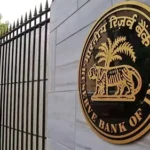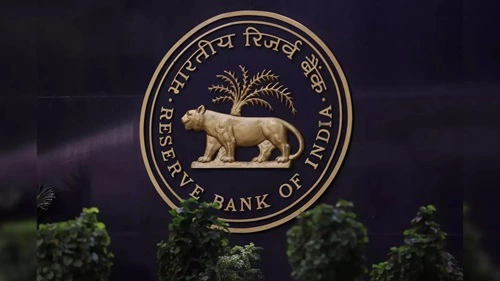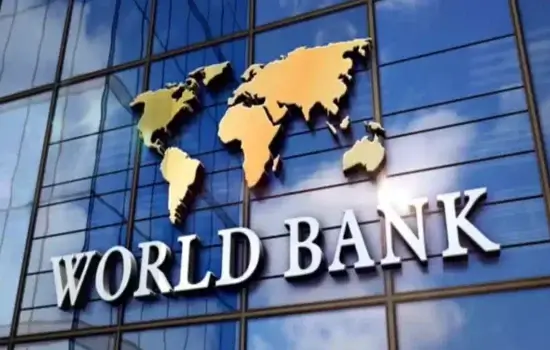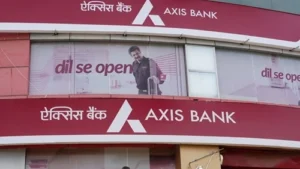Bank of India (BOI) is one of India’s oldest and most prominent public sector banks. Founded in 1906, BOI has a rich history of serving both retail and corporate customers across the country. In 2024, BOI continues to play a critical role in the Indian banking industry, adapting to a rapidly changing financial environment. This article provides a detailed SWOT (Strengths, Weaknesses, Opportunities, and Threats) analysis of BOI in 2024, considering its current market position, challenges, and prospects.
Current Overview of Bank of India in 2024
As of 2024, Bank of India operates with a strong nationwide presence, boasting over 5,000 branches and numerous ATMs across India. The bank has also established a significant international footprint with operations in multiple countries. However, like many public sector banks, BOI faces intense competition from both private and foreign banks, necessitating constant innovation and strategic adjustments. The bank has been focusing on enhancing digital services, improving customer experience, and strengthening its risk management framework to remain competitive.
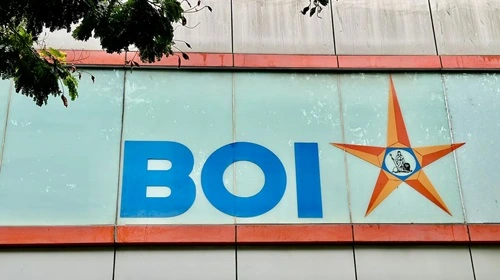
Strengths
1. Government Support: As a public sector bank, BOI benefits from strong government backing, which provides stability and a degree of trust among customers. This support is crucial for raising capital and managing financial stress, especially in challenging economic conditions.
2. Extensive Branch Network: BOI has a vast network of branches across urban and rural India, making it accessible to a wide customer base. This extensive reach is a significant competitive advantage, particularly in serving rural and semi-urban areas where private banks have limited presence.
3. Diverse Product Portfolio: The bank offers a wide range of financial products and services, including retail banking, corporate banking, international banking, treasury operations, and more. This diversity allows BOI to cater to various customer segments and market needs.
4. Established International Presence: BOI has a notable international presence, with branches in several countries. This global reach enhances its ability to serve Indian expatriates and engage in cross-border trade finance, boosting its revenue streams.
Weaknesses
1. Lagging Behind in Digital Transformation: Despite efforts to modernize, BOI’s digital infrastructure is not as advanced as that of leading private sector banks. The bank’s reliance on legacy systems hinders its ability to offer seamless digital banking experiences, which are increasingly demanded by customers.
2. Higher Non-Performing Assets (NPAs): Like many public sector banks, BOI struggles with high levels of NPAs, which erode profitability and require significant provisioning. Managing and reducing these NPAs remains a critical challenge for the bank.
3. Brand Perception: Compared to some of its peers, BOI does not have as strong a brand image, particularly among younger and more tech-savvy customers who prefer more innovative banking solutions offered by private sector banks.
Opportunities
1. Digital Banking Growth: The rapid adoption of digital banking in India presents a significant opportunity for BOI to expand its digital services. By investing in technology and enhancing its digital offerings, BOI can attract younger customers and improve operational efficiency.
2. Rural Banking Expansion: With its extensive branch network, BOI is well-positioned to tap into the growing demand for banking services in rural areas. Expanding financial inclusion initiatives and offering customized products for rural customers can drive growth.
3. Partnerships and Collaborations: BOI can explore strategic partnerships with fintech companies to innovate its service offerings. Collaborations with fintechs can help the bank enhance its technology capabilities, streamline operations, and offer new digital products.
4. Sustainable Finance: With the increasing focus on sustainability, BOI has the opportunity to develop and promote green finance products. Offering loans and services that support sustainable development projects can not only meet regulatory requirements but also attract socially responsible investors.
Threats
1. Intense Competition: BOI faces fierce competition from private and foreign banks that offer more innovative and customer-friendly services. This competition puts pressure on BOI to continuously improve its offerings and maintain market share.
2. Cybersecurity Risks: As BOI expands its digital footprint, it becomes more vulnerable to cyber threats. Cybersecurity challenges, including data breaches and phishing attacks, pose significant risks to the bank’s operations and customer trust.
3. Economic Uncertainty: Fluctuations in the global and domestic economy, including inflation, interest rate changes, and geopolitical tensions, can impact BOI’s profitability and asset quality. Economic downturns could lead to higher NPAs and reduced lending activity.
4. Regulatory Challenges: The banking sector is subject to stringent regulatory requirements, which can sometimes be burdensome. Changes in regulations or increased compliance costs could strain BOI’s resources and impact its profitability.
Conclusion
In 2024, Bank of India remains a key player in the Indian banking sector, leveraging its government backing, extensive branch network, and diverse product portfolio. However, the bank must address its weaknesses, particularly in digital transformation and managing NPAs, to stay competitive. By capitalizing on opportunities such as digital banking growth, rural expansion, and strategic partnerships, BOI can enhance its market position. At the same time, it must navigate threats like cybersecurity risks, economic uncertainties, and regulatory challenges. Overall, BOI’s future success will depend on its ability to innovate and adapt to the rapidly evolving banking landscape.


